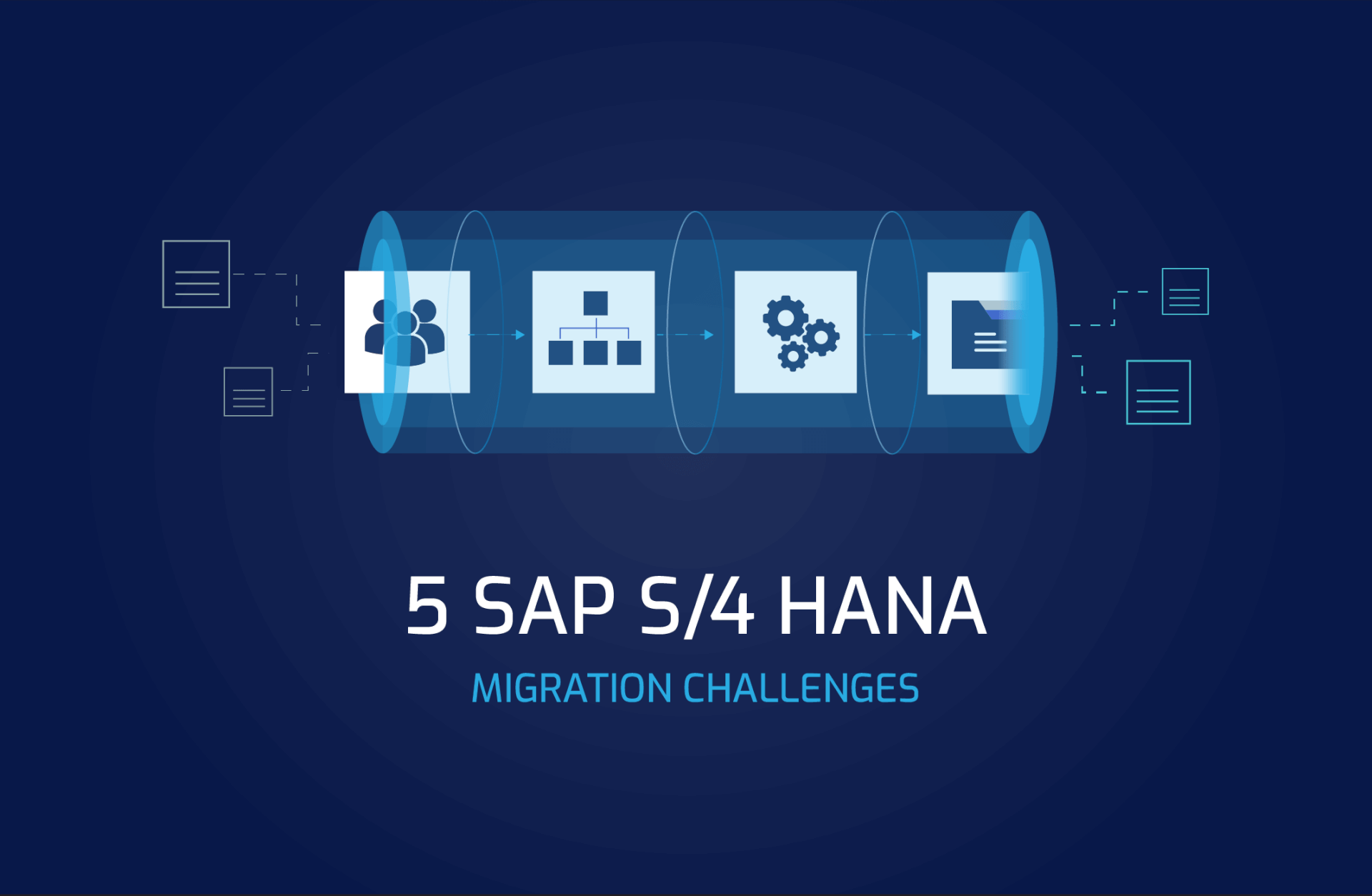Why is Smooth Transition to SAP Hana Migration Important?

Data has emerged as a strong source to improve the overall potential of assets. SAP HANA migration has emerged as a transformative strategy, heralding a new age in data management and analytics.
In this article, we will understand the concept of SAP HANA migration, why organizations are choosing to make this transition, the steps involved in a typical migration project, the advantages of SAP S/4HANA, and the different types of SAP HANA available.
What is SAP HANA Migration?
SAP HANA migration refers to the process of transitioning from traditional relational database systems to SAP HANA, an in-memory database management system. SAP HANA is designed to process and analyze large volumes of data in real-time, making it a game-changer for organizations seeking to accelerate their data-driven decision-making processes.
One of the key features of SAP HANA is its in-memory computing capability, which means that it stores data in the main memory (RAM) rather than on traditional disk storage. This enables lightning-fast data processing and retrieval, revolutionizing how businesses manage and leverage their data.
Why Migrate to SAP HANA?
The decision to migrate to SAP HANA is driven by several compelling reasons:
- Performance Improvement: SAP HANA significantly enhances query and reporting performance. Businesses can process vast amounts of data in seconds, enabling faster decision-making and insights.
- Real-time Analytics: With SAP HANA, organizations can perform real-time analytics, allowing them to react quickly to changing market conditions and customer demands.
- Simplified Landscape: Migrating to SAP HANA often involves consolidating and simplifying the IT landscape. This can reduce maintenance costs and complexity.
- Enhanced Data Processing: SAP HANA's in-memory computing capabilities enable advanced data processing, including machine learning, predictive analytics, and geospatial analysis.
- Compatibility with SAP Applications: SAP HANA is fully compatible with SAP's suite of business applications, making it an ideal choice for SAP customers looking to modernize their infrastructure.
What Are the Steps in SAP Migration Project?
A successful SAP HANA migration project involves several critical steps:
- Assessment and Planning: The first step is to assess the current landscape, including hardware, software, and data. A detailed migration plan is then created, outlining objectives, timelines, and resource requirements.
- System Preparations: This involves upgrading existing SAP systems and ensuring compatibility with SAP HANA. Data cleansing and data volume reduction may also be necessary.
- Migration Execution: The actual migration process begins, which includes data transfer, system conversion, and adapting custom code to run on SAP HANA.
- Testing and Validation: Rigorous testing is crucial to ensure data integrity and system functionality. This includes unit testing, integration testing, and performance testing.
- Training and Knowledge Transfer: Staff members must be trained to operate and maintain the new SAP HANA environment effectively.
- Go-Live and Monitoring: The SAP HANA system goes live, and ongoing monitoring ensures its stability and performance.
- Optimization: Continuous improvement and optimization of the SAP HANA system are essential to reap the full benefits over time.
What is the Advantage of SAP S/4HANA?
SAP S/4HANA is the next-generation enterprise resource planning (ERP) suite from SAP. It builds upon the capabilities of SAP HANA and offers several advantages:
- Simplified Processes: SAP S4 HANA implementation streamlines business processes, eliminating redundancy and improving efficiency.
- Real-time Insights: Businesses can access real-time data analytics, enabling better decision-making and responsiveness.
- Advanced User Experience: S/4HANA provides a modern, intuitive user interface, making it easier for employees to work with.
- Cloud Integration: It offers seamless integration with cloud services, allowing organizations to leverage the scalability and flexibility of cloud computing.
- Enhanced Security: S/4HANA incorporates advanced security features to protect sensitive data.
- Industry-Specific Solutions: SAP S/4HANA provides industry-specific solutions and pre-configured processes for various sectors.
How Many Types of SAP HANA Are There?
There are two main types of SAP HANA deployments:
- SAP HANA On-Premises: This deployment option involves setting up and maintaining SAP HANA infrastructure within an organization's data center. It offers complete control over the hardware and software but requires significant upfront investment and ongoing management.
- SAP HANA Cloud: SAP HANA Cloud is a cloud-based version of SAP HANA, hosted and managed by SAP. It provides scalability, flexibility, and simplified management but may require organizations to adapt to a cloud-based model.
In addition to these deployment options, there are different editions of SAP HANA, such as SAP HANA Enterprise Edition and SAP HANA Express Edition, catering to various business needs and budgets.
To Conclude
In conclusion, SAP HANA migration services represent a transformative journey for organizations looking to harness the power of data to drive business success.
With its real-time capabilities, SAP HANA enables businesses to make data-driven decisions faster and more effectively. Whether opting for on-premises or cloud deployment, organizations can embark on this SAP HANA journey to unlock new possibilities and stay competitive in the digital age.

Comment
Name - 1stepGrow Academy
Thank you for the valuable information on the blog.I am not an expert in blog writing, but I am reading your content slightly, increasing my confidence in how to give the information properly. Your presentation was also good, and I understood the information easily. For more information Please visit the 1stepGrow website or AI and data science course.
07 May 2024